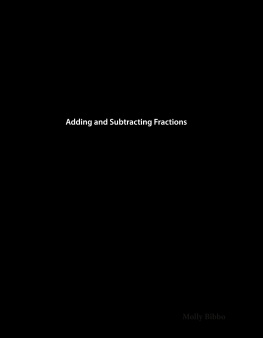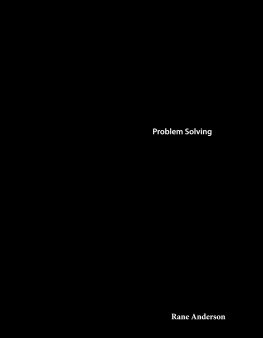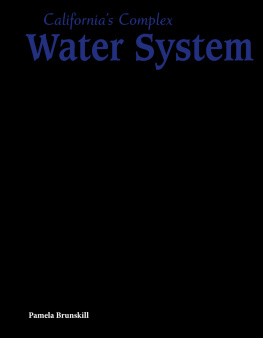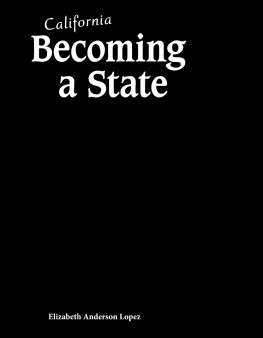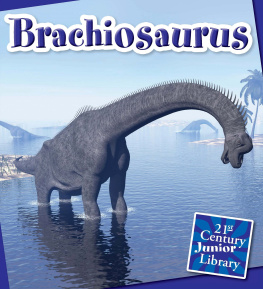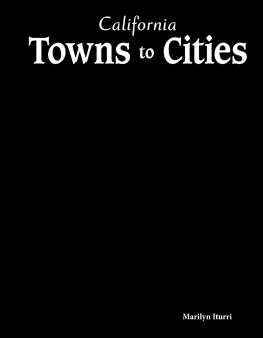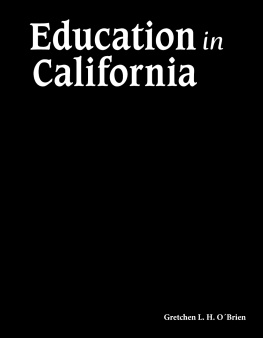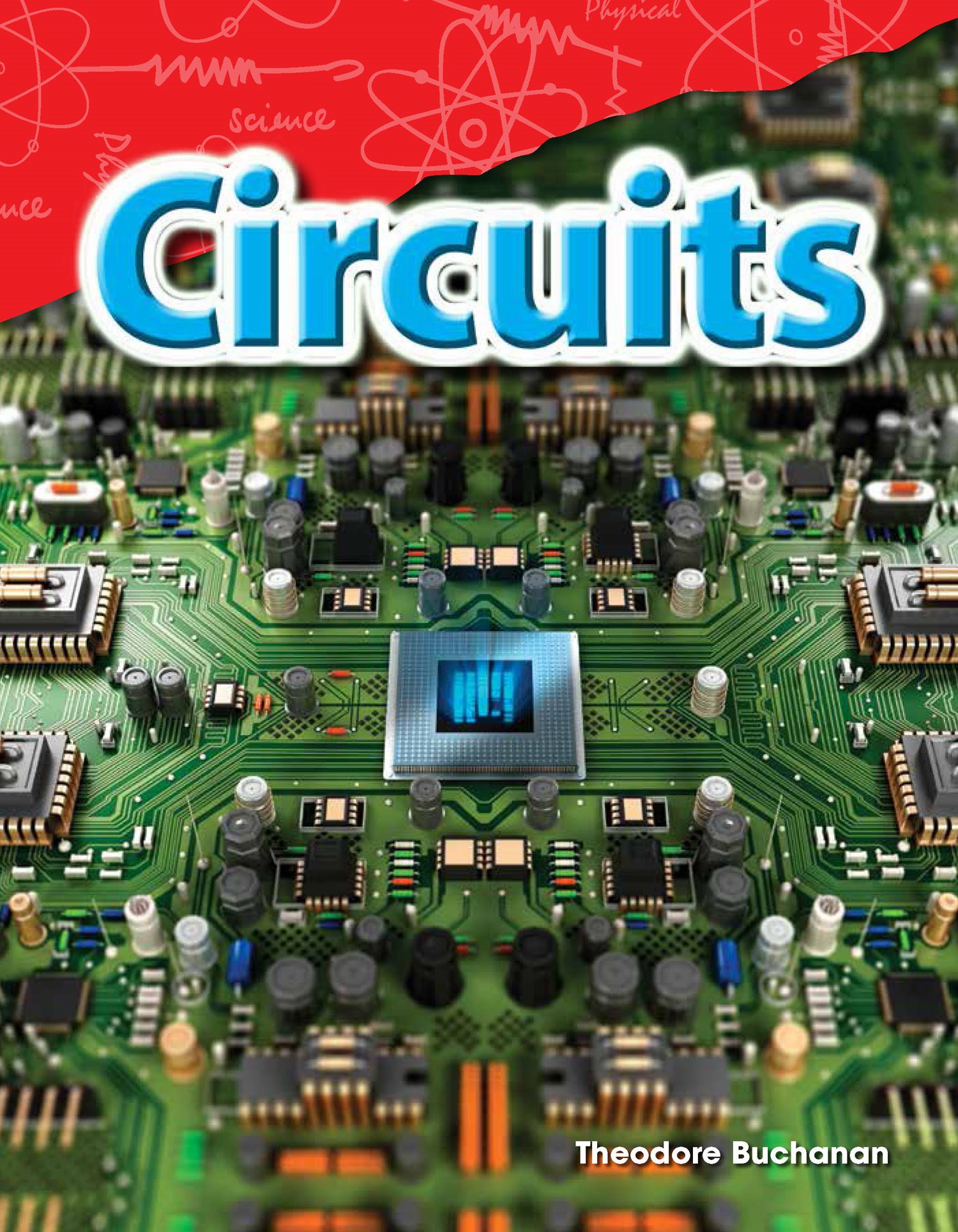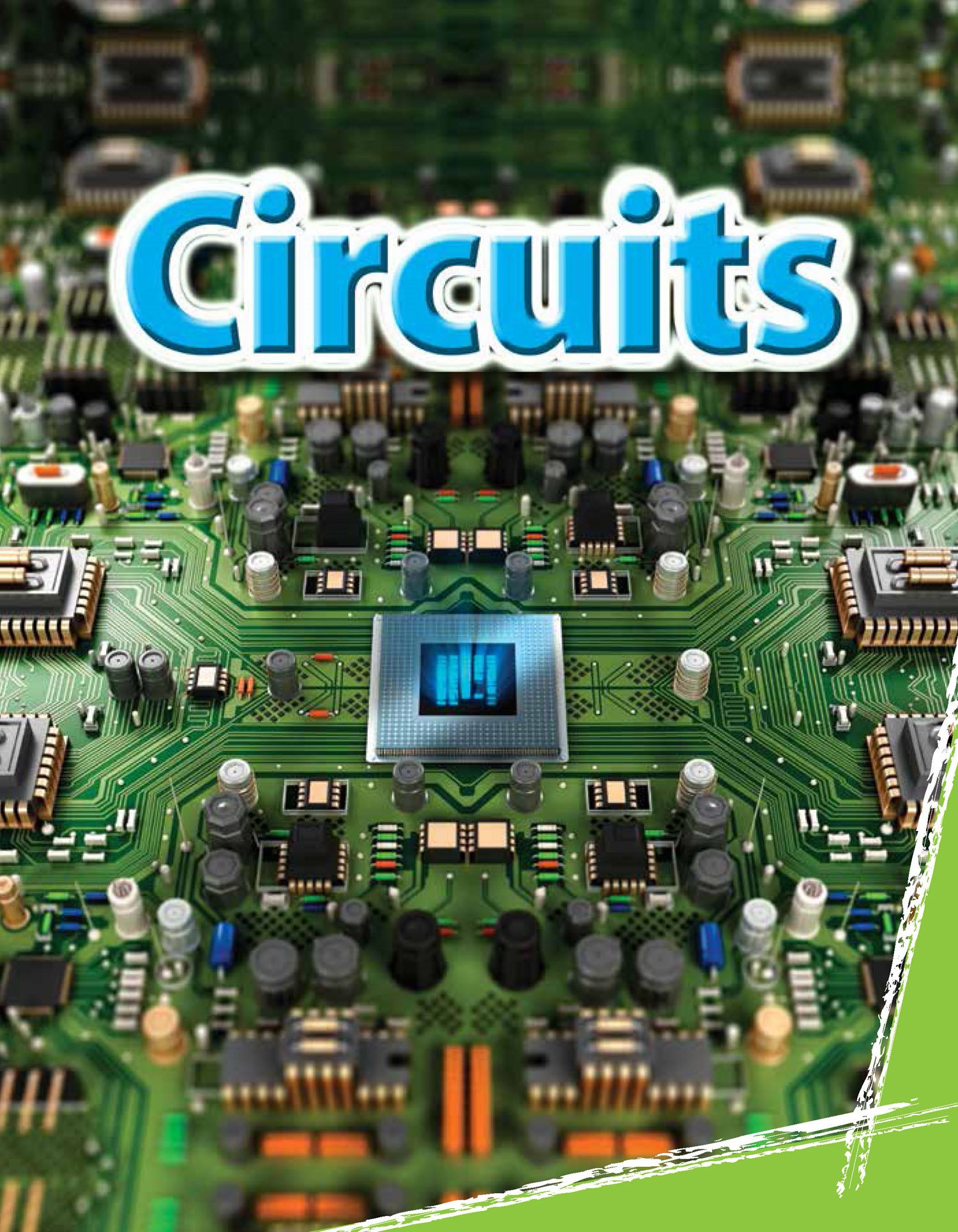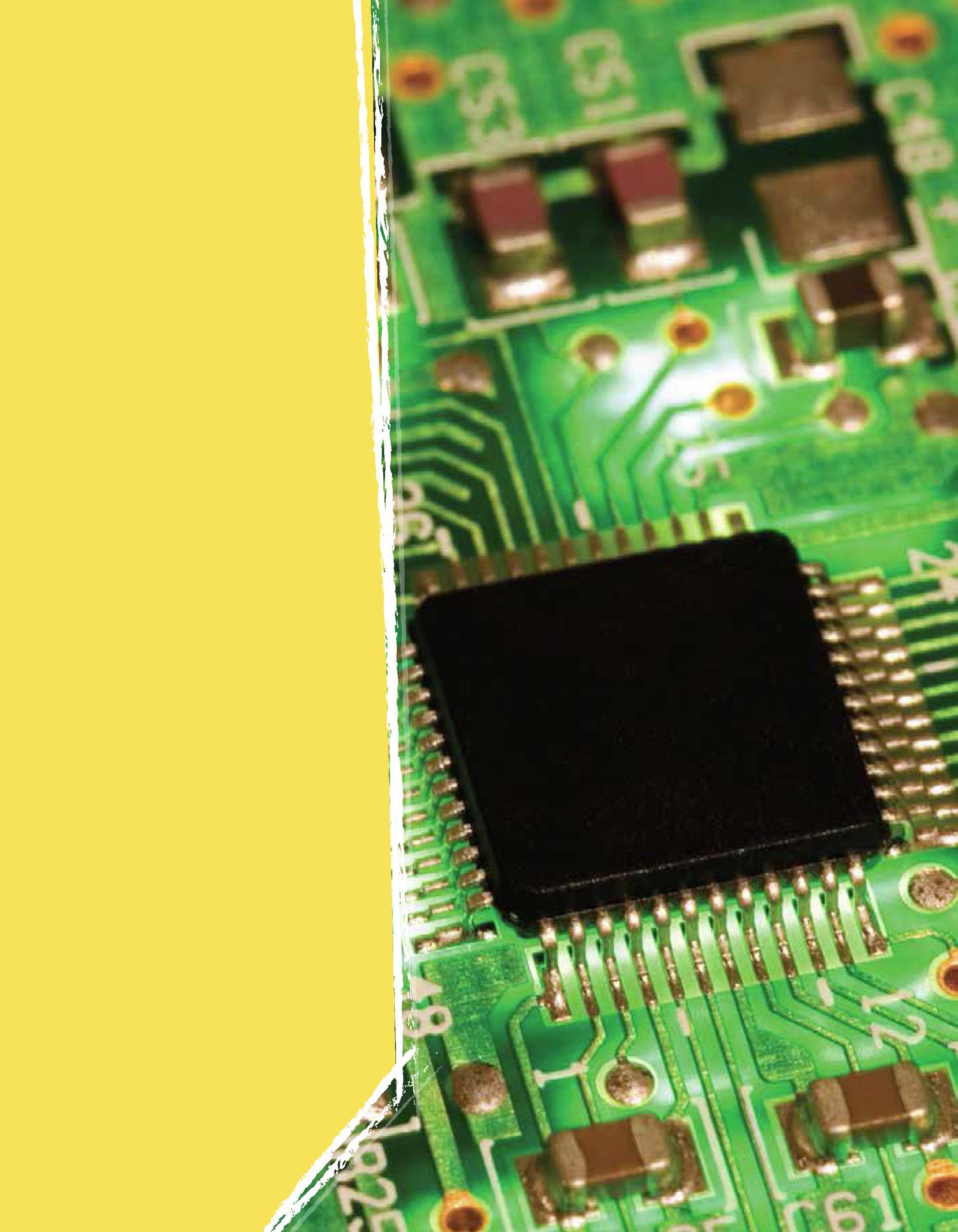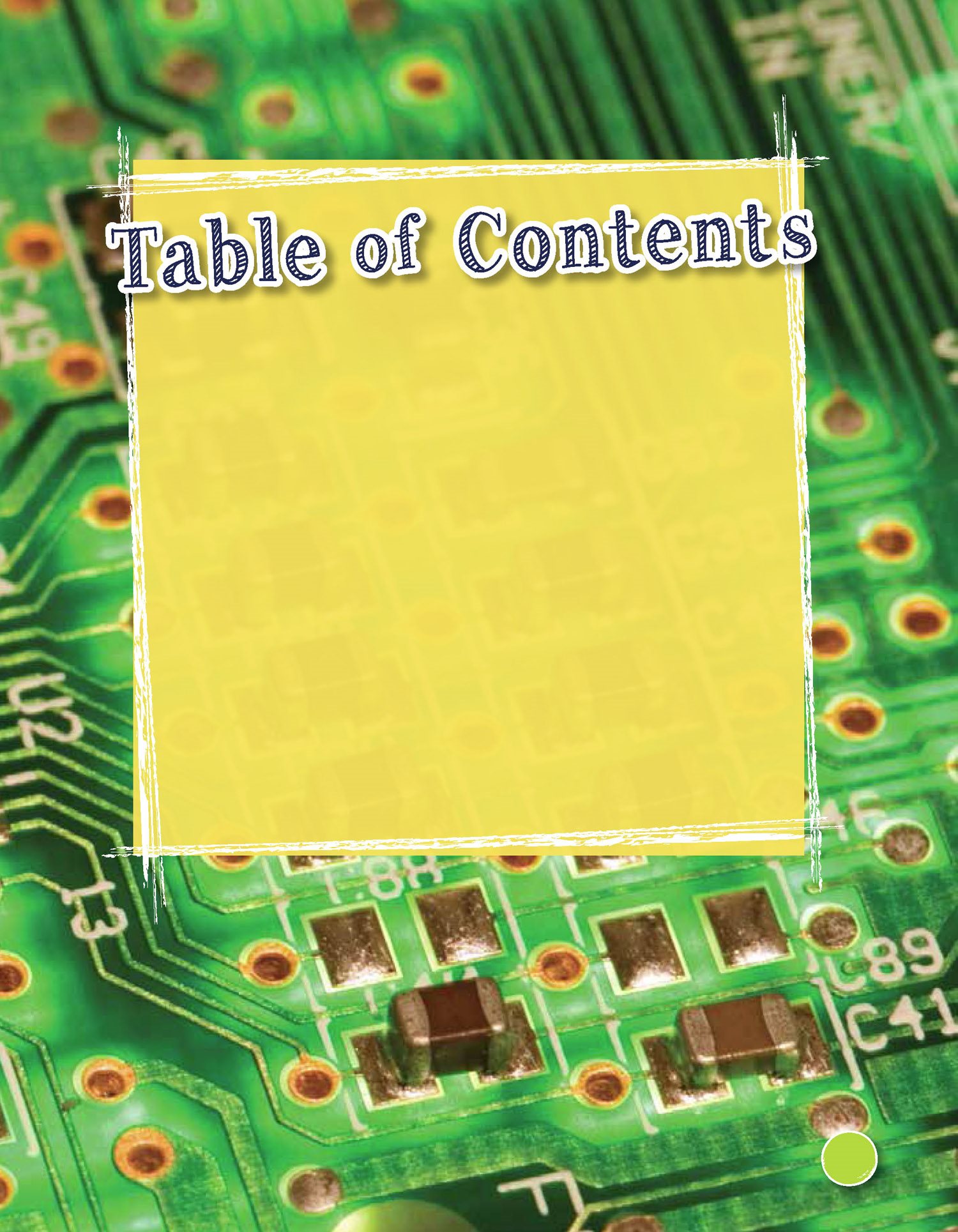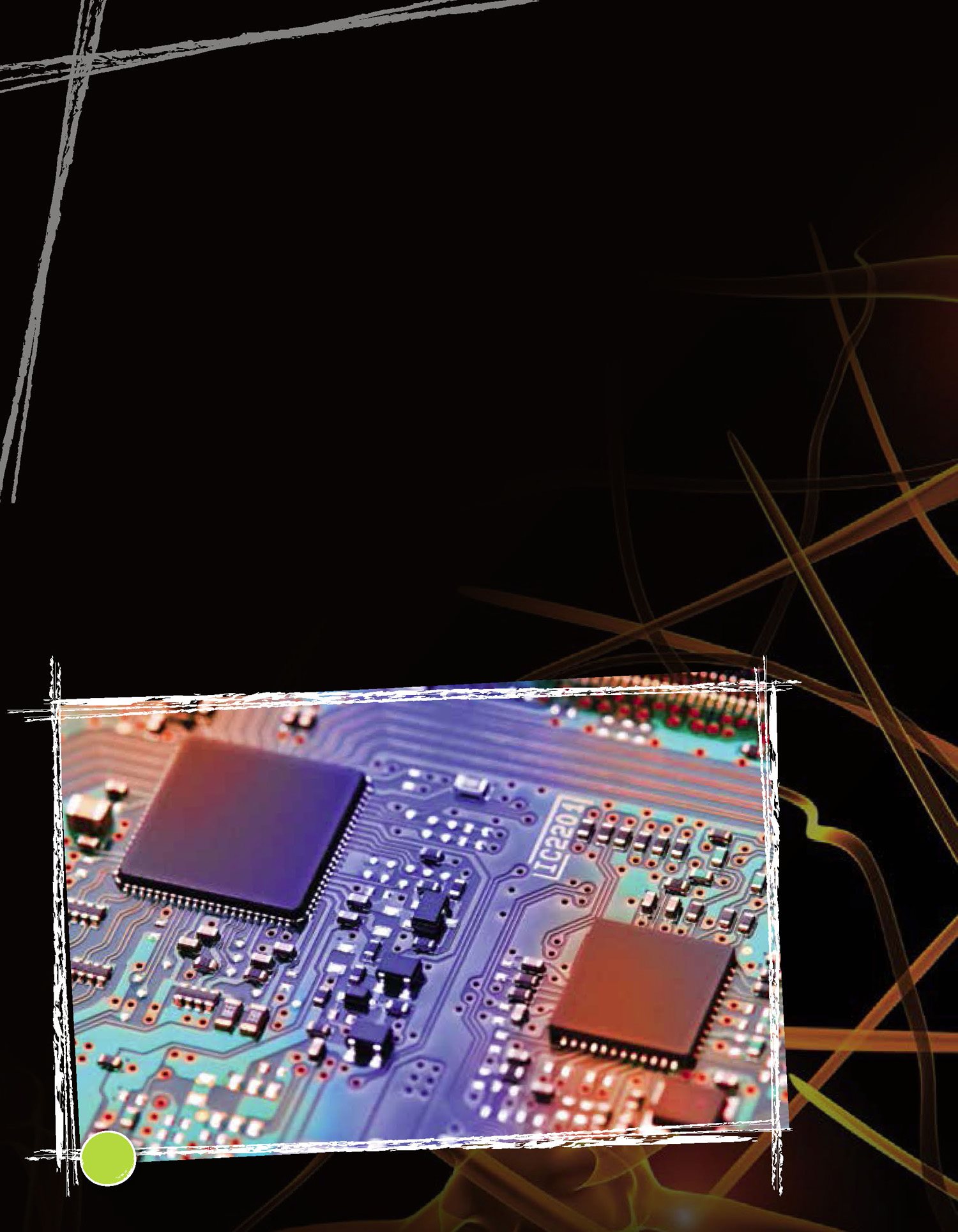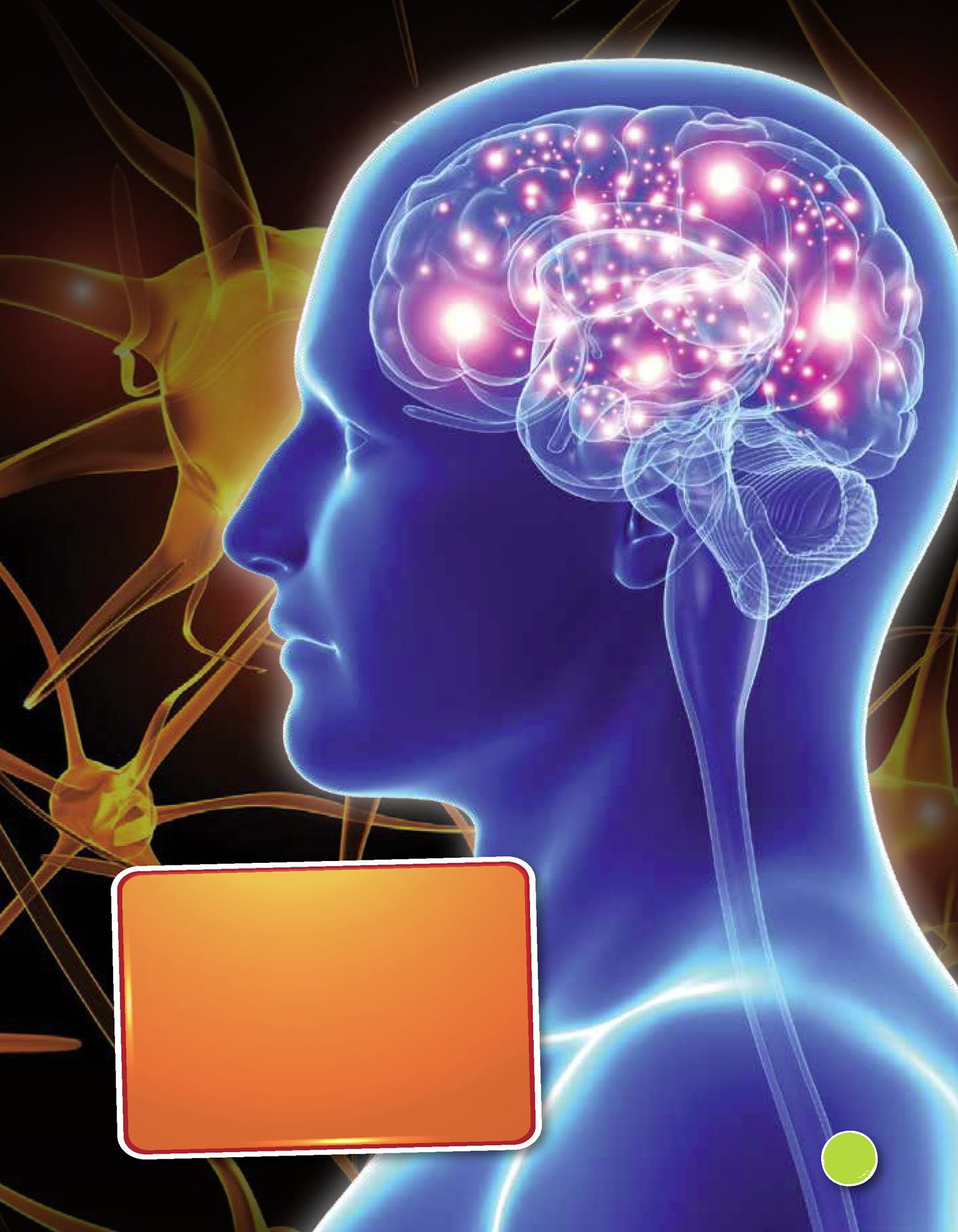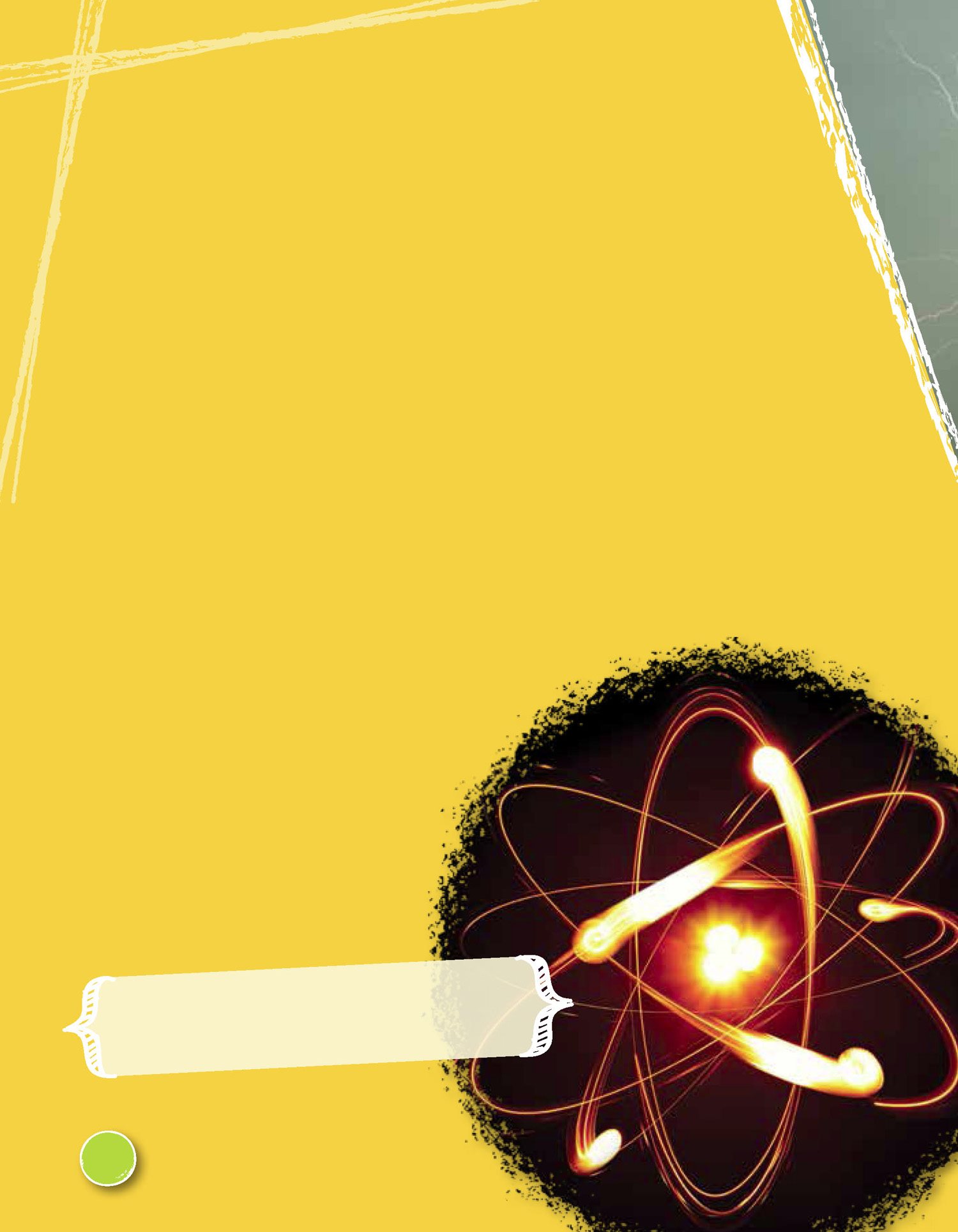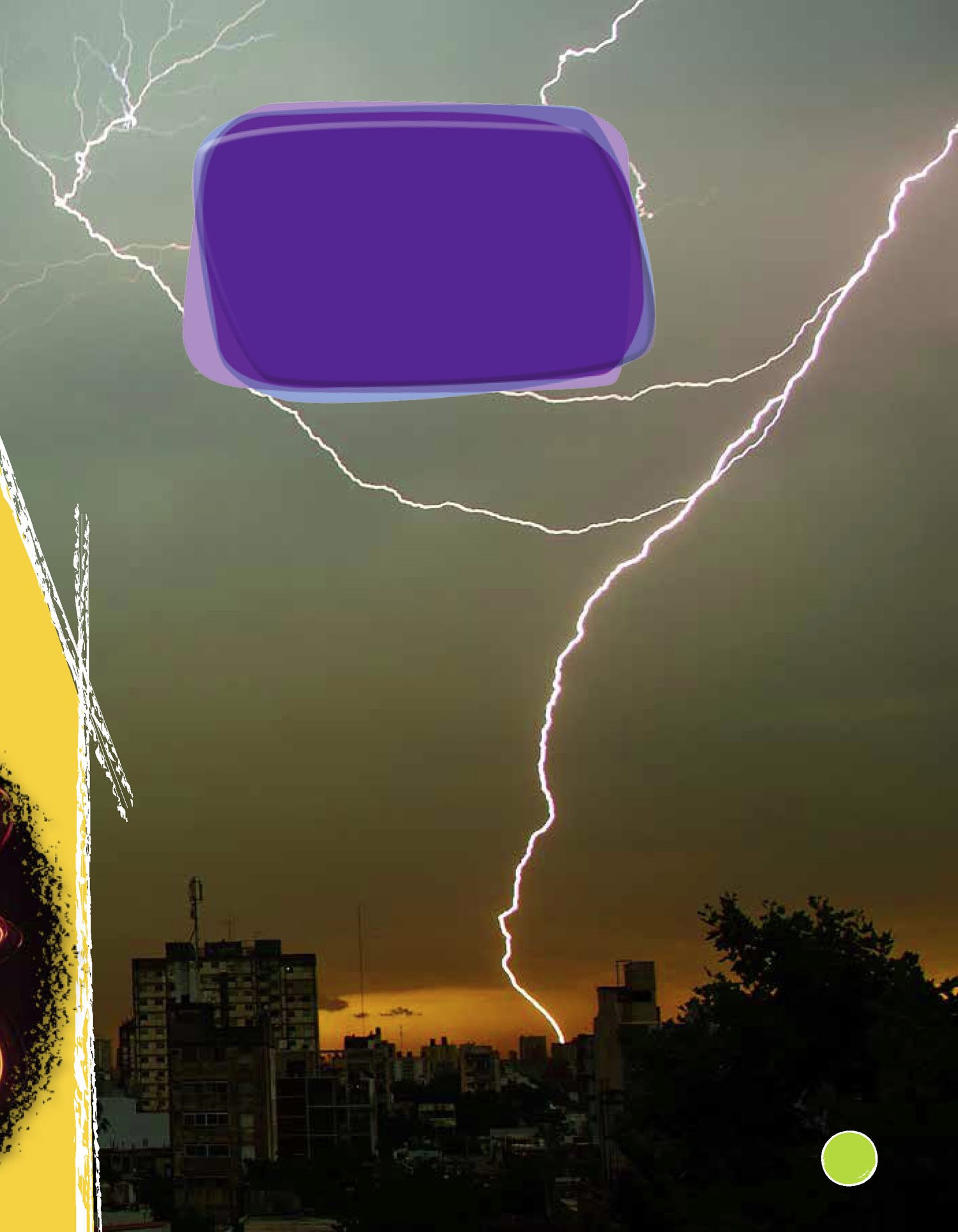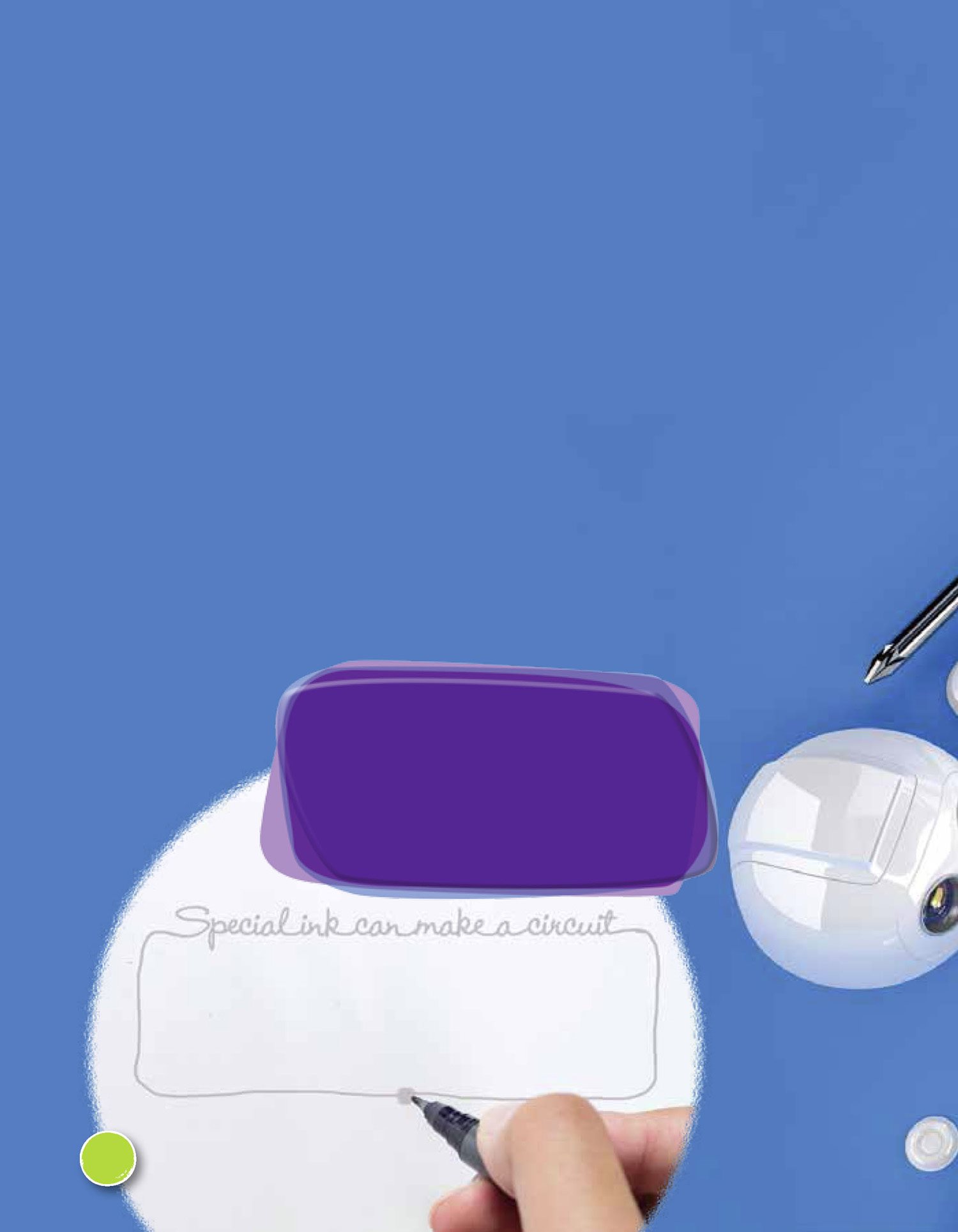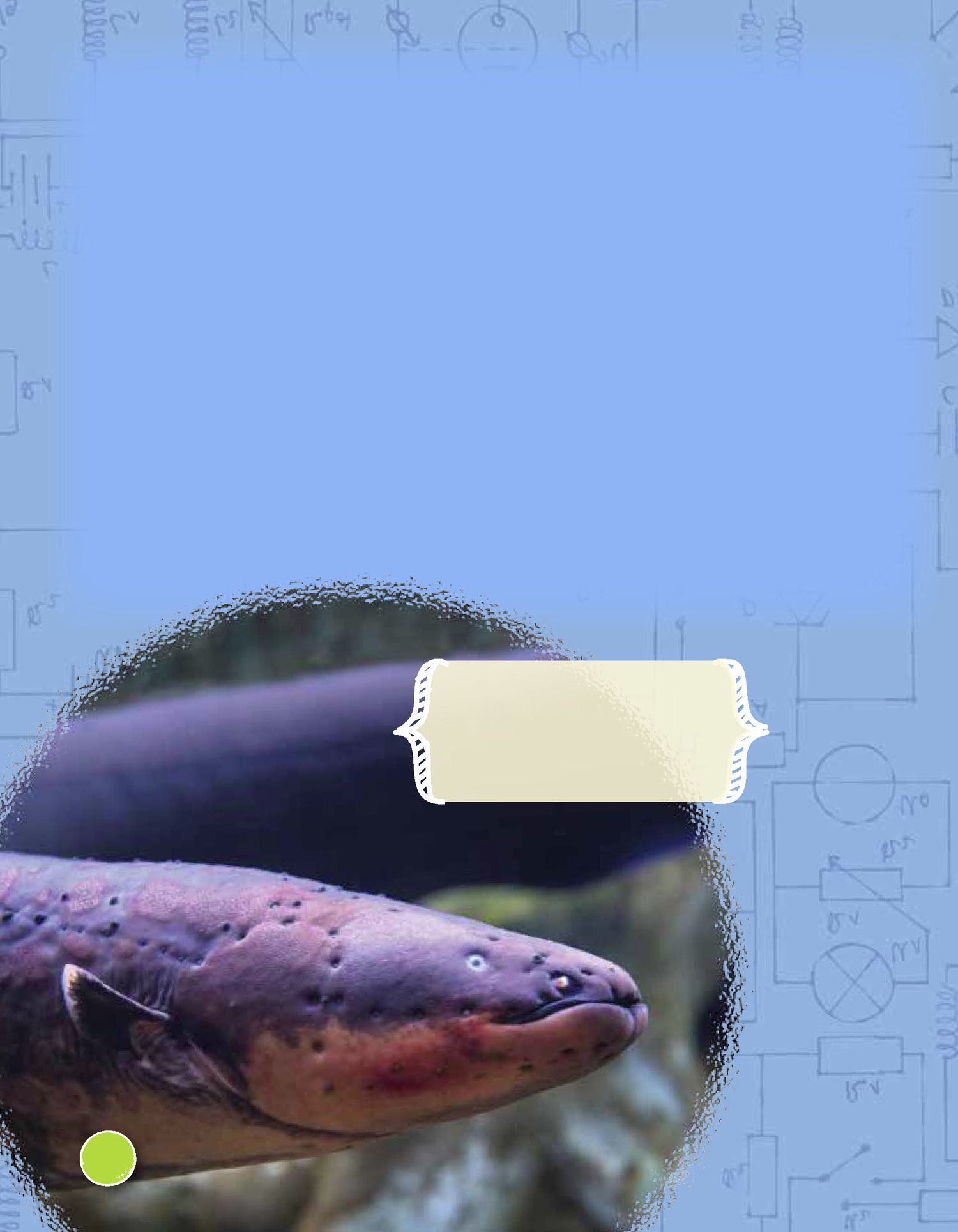Theodore Buchanan
Consultant
Michael Patterson
Principal Systems Engineer
Publishing Credits
Rachelle Cracchiolo, M.S.Ed., Publisher
Conni Medina, M.A.Ed., Managing Editor
Diana Kenney, M.A.Ed., NBCT, Senior Editor
Dona Herweck Rice, Series Developer
Robin Erickson, Multimedia Designer
Timothy Bradley, Illustrator
Image Credits: Cover, p.1 Henrik5000 /iStock;
p.27 Chetan Bansal / Alamy; p.23 Douglas W. Jones /
Wikimedia Commons; p.10 Getty Images / Lonely Planet
Images; pp.2, 5, 6, 7, 8, 11, 13, 14, 16, 17, 18, 19, 20, 23, 25,
32 iStock; pp.28, 29 J.J. Rudisill; p.24 KPA/United Archives/
WHA/Newscom; p.26 Nathan Barry; p.19 Newscom; p.25
Richard Luria / Science Source; pp.9, 12, 15, 16, 20, 21
Travis Hanson; all other images from Shutterstock.
Library of Congress Cataloging-in-Publication Data
Buchanan, Theodore, author.
Circuits / Theodore Buchanan.
pages cm
Summary: "Have you ever wondered how the
human brain works? What about your television? It's
a complicated answer, but circuits are a simple way to
explain it. Circuits make it possible to turn on a light.
They make is possible for you to use your digital devices.
Increase your knowledge about circuits and find the
answers to your most electrifying questions"-- Provided
by publisher.
Audience: Grades 4-6.
Includes index.
ISBN 978-1-4807-4682-4 (pbk.)
1. Electric circuits--Juvenile literature. 2. Electricity-
Juvenile literature. I. Title.
TK148.B938 2016
621.319'2--dc23
missing last #
Teacher Created Materials
5301 Oceanus Drive
Huntington Beach, CA 92649-1030
http://www.tcmpub.com
ISBN 978-1-4807-4682-4
ePUB ISBN: 978-1-5457-0053-2
2016 Teacher Created Materials, Inc.
Loop de Loops
Neon signs flashing. Computers blip-blip-beeping. Toasters
popping. Music soaring. Our world is filled with electricity and
its effects.
What shapes, moves, and controls all this electricity? Circuits!
A circuit is a loop. It creates a path for electric current to flow.
Simple things such as flashlights are made up of just one circuit.
Other more complex machines, such as computers, are made up of
thousands of circuits. Circuits can be teeny-tiny or cover miles of
ground. But no matter the size or complexity, circuits affect our
world in powerful ways.
The Human Circuit
You might not be surprised to learn
robots are filled with circuits. But
would you believe humans are,
too? Electricity flows through the
body, jumping from cell to cell.
Circuits in the brain tell the rest of
the body what to do. Theyre more
complicated than the circuits in a
battery, but they work the same way.
Zipping and Zapping
Electricity is usually invisible, and that might make it
seem mysterious. But scientists have been studying it for
hundreds of years. Along the way, theyve learned some
amazing things.
All matter is made of tiny particles called atoms . Atoms
make up everything from electric eels to lightbulbs. These
atoms are very small. Billions of them can fit on the period
at the end of a sentence.
Even smaller particles called protons, neutrons, and
electrons make up atoms. The protons and neutrons
cluster to form the nucleus, which is located at the center
of the atom. Electrons are smaller and lighter. They move
around the nucleus. Protons have a positive
charge. Electrons have a negative charge.
Neutrons have no charge.
Electrons are always moving.
They jump easily from one
atom to another. When the
flow of electrons is constant,
it creates an electric current.
It takes 6,000,000,000,000,000,000
electrons to light a 100-watt lightbulb
for just one second.
How Fast Is Electricity?
Electricity travels through space at the
speed of light! Thats 1,079,252,848
kilometers per hour (670,616,629
miles per hour)! It moves about
1/100th of this speed when it travels
through electrical wires. Thats still too
fast for humans to see!
A Simple Circuit
So, where do all these electrons go when theyre zipping
around? Many travel through circuits. A circuit is formed when a
power source is connected to something that receives the current.
Scientists often try to understand simple situations before
they tackle more complex issues. So, lets take a look at a very
simple circuit. All it includes is a wire, a lightbulb, and a battery.
The electric current travels from the battery through the wire to
the lightbulb.
The most important thing about this circuit is that it forms
a complete loop. As soon as one part is removed or a wire is
disconnected, the lightbulb stops working.
Electric Ink
You dont always need wires to create
a circuit. Scientists have discovered
other materials that can be used to form
circuits. Theres even a special kind of
ink you can use to draw a circuit!
Cut Out the Clutter
When studying circuits, its useful
to make simple diagrams that show
exactly how the circuit worksand
nothing else. A schematic diagram
like the one below shows only the
main parts. Standard symbols help
engineers quickly draw diagrams.
Scientists dont just design circuits with current flowing through
them. They measure the current, too. This helps them predict and
control it.
Voltage is like pressure that pushes an electric current through a
wire. The concept is similar to water pressure. Have you ever tried
to wash your hair when the water pressure is too low? Its difficult to
get the shampoo out of your hair. High levels of water pressure can
be too intense, though. You dont want to get washed down the drain!


